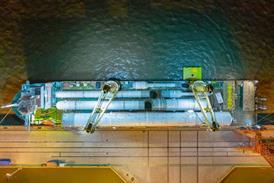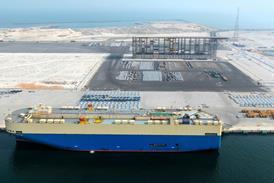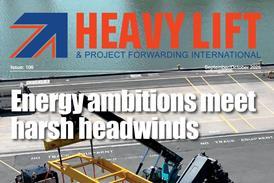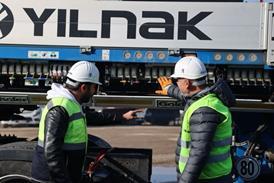The European association of abnormal road transport and mobile cranes (ESTA) is stepping up pressure on European and national regulatory authorities to agree aligned inspection regimes for mobile cranes.
The issue was discussed during ESTA’s series of autumn meetings in Copenhagen last month.
EU states are currently revising their inspection rules to bring them into line with the new EU Machinery Regulation which comes fully into force from January 2027. The new regulation introduces updated safety requirements, including measures covering technologies such as artificial intelligence and cybersecurity.
In response, ESTA is considering whether to produce a model inspection regime for mobile cranes that different countries could be persuaded to adopt when their national legislation changes to bring it into line with the new EU regulations.
In the meantime, the association is lobbying Brussels and national regulators to coordinate their work.
In addition, the Dutch organisation Stichting Toezicht Certificatie Verticaal Transport (TCVT) – the foundation that supervises certification for operators of certain lifting equipment, such as cranes – is sounding out its equivalent bodies around Europe to see if they would support the creation of a common inspection regime.
Opposition is expected from some national organisations for whom their own unique inspection regime is a profitable source of income. For that reason, supporters of harmonisation believe it may be necessary for Europe-wide change to be driven by Brussels.
ESTA director Ton Klijn said: “For every European country to have its own, unique inspection regime would be grossly inefficient and completely unnecessary. A common inspection regime would be a huge boost to the efficiency of the industry. It makes no sense for a crane that has already been inspected in Denmark to be re-inspected just because it has crossed the border into Germany.”
















